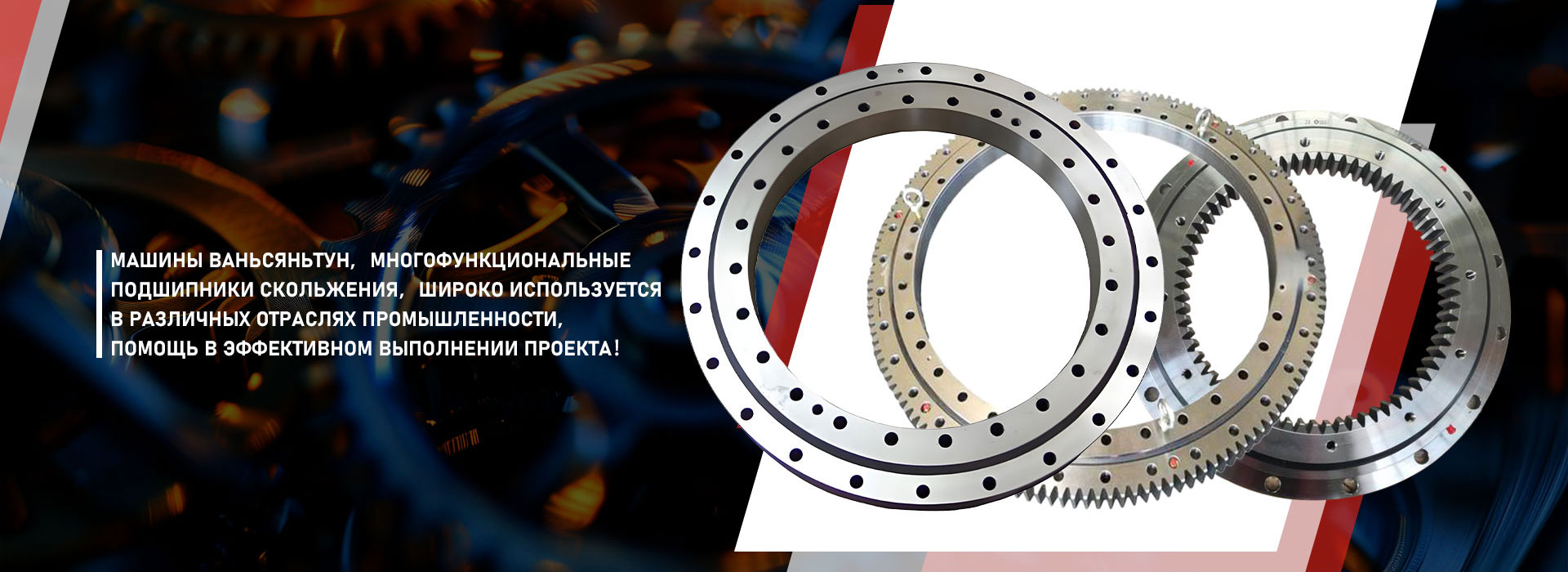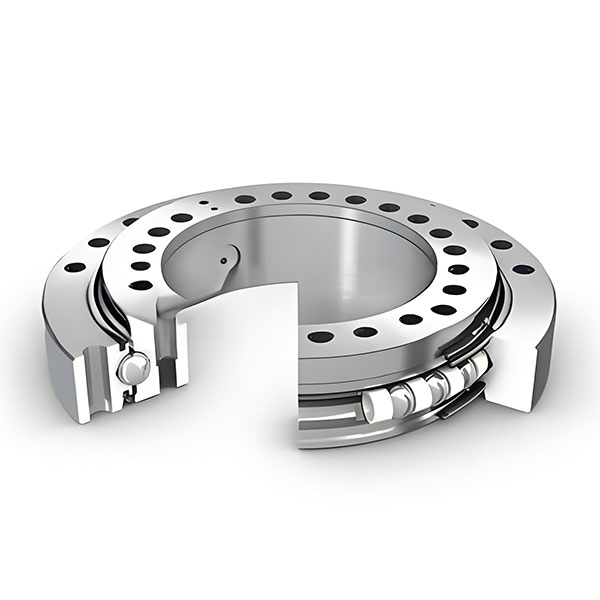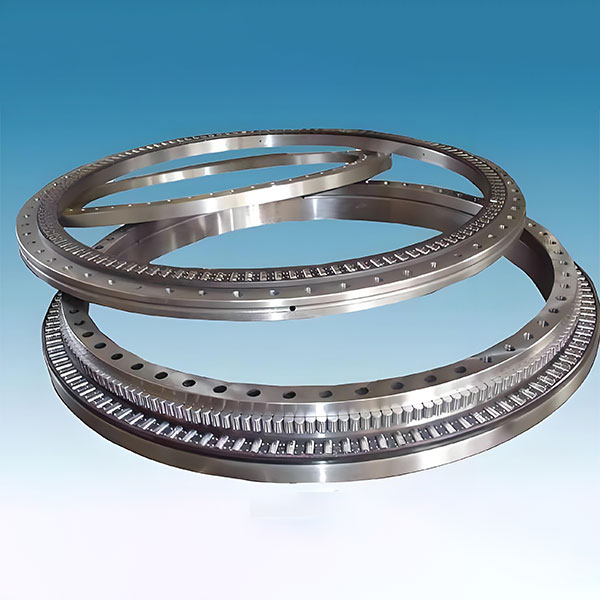
gear boxes
Gearbox: how it works and why it is important
The gear gear is one of the key elements that determine the operation of your car. Imagine the transfer of power from the engine to the wheels as a stream currently on a rocky channel. Lives are the very stones that direct and enhance this stream, allowing your car to move at different speeds and power.
How do gears transmit power?
Different dimensions and forms of gears allow you to adjust the speed of rotation. When one gear rotates, it hooks with the other, and she, in turn, begins to rotate. Thanks to a combination of different sizes, we get different gear rates. For example, for a slow, but powerful off -road movement, you will need a large gear, and for quick movement along the highway - a smaller one. It is like how you use a lever - it allows you to overcome large resistance with less power, but at the same time changing speed. Such a process allows you to smoothly and effectively transmit power from the engine to the wheels depending on the conditions of movement.
Why are gears so important?
Without proper operation of the gears, the gearbox cannot provide smooth speeds. You will feel jerks and shocks when moving from one transmission to another. Ineffective power transmission can lead to large losses of energy and, therefore, to less efficiency. In addition, faulty gears can lead to unpleasant breakdowns of the entire transmission and ultimately disable the entire car.
Caring for gears
Like any other mechanism, gears need proper operation. Regular maintenance, timely oil change and the use of high -quality lubricants play a key role in durability and reliable work of the gearbox. It is also important to avoid sharp jerks and overloads while driving, which will help maintain the mechanism in good condition. Your accuracy when handling a car directly affects its long -term work and the preservation of gears.
AppropriateProducts
Corresponding products
The best soldproducts
The best -selling productsConnectedsearch
Related search- Suppliers of replaceable supporting devices for OEM
- Taurus 086A supporting plants in China
- The main countries-buyers of the GOST supporting housing bearings in China
- Cheap price of the supporting device
- Bearing manufacturers of shutdown in China
- Buy a suspension bearing
- Cheap kamas rotary bearings manufacturers
- Suppliers of conical gears from China
- Mechanical processing
- The main countries of the OEM5 gears














